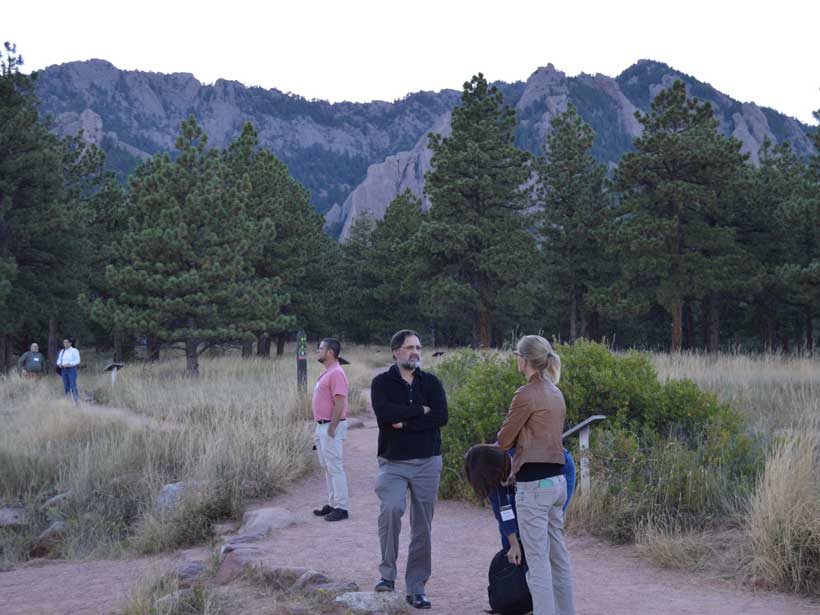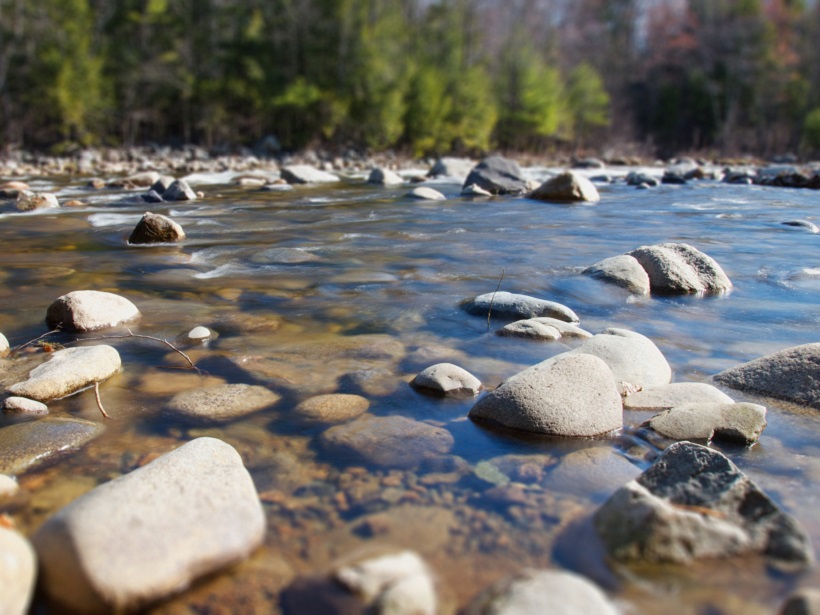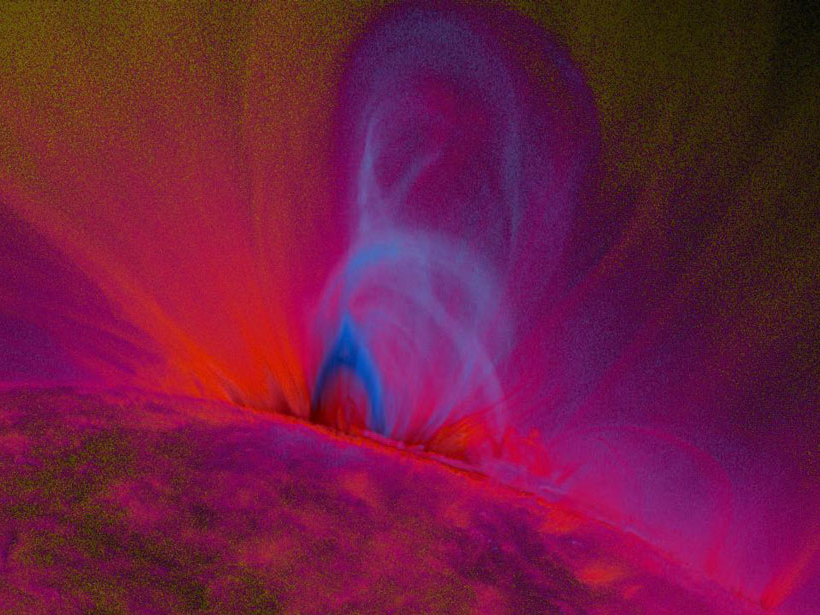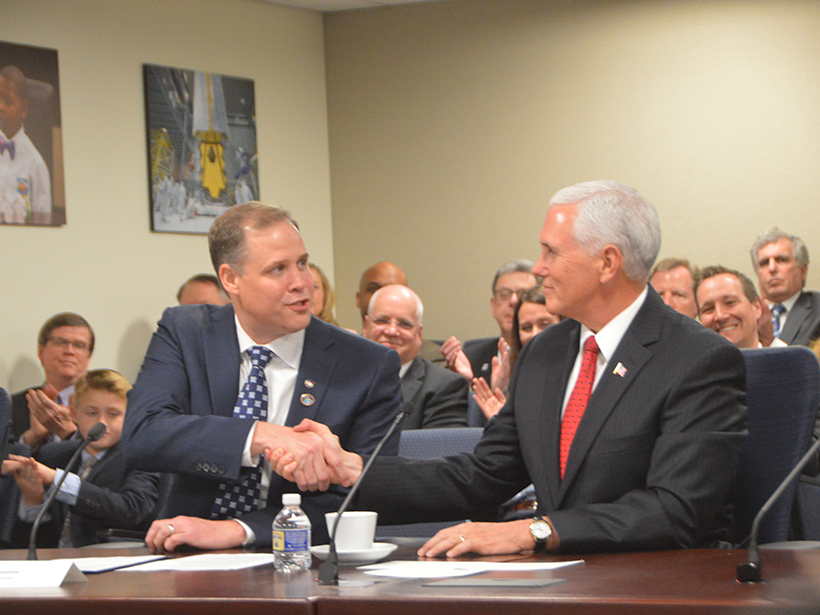Sparks for Change Institute; Boulder, Colorado, 18–20 September 2017
CC BY-NC-ND 2018
On Integrating Sedimentology and Hydrogeology in Streambeds
A new modeling blueprint seeks to unify sedimentology, hydrology, and hydrogeology in the modeling of streambeds.
New Simulation Supports Chicxulub Impact Scenario
Mountains ringing the center of Earth’s most famous impact crater consist of porous rocks. Computer models of the impact can now predict those rocks’ microstructure.
Getting Littoral with Lake Carbon Efflux
Next generation forced diffusion chambers reveal dynamic environment for lake carbon exchange with distance from shoreline.
New Program Enables Scientists to Be Voices for Science
The American Geophysical Union has created a network of 30 individuals from diverse disciplines who will advocate for science in their congressional districts.
Will Cape Town Escape Its Water-Starved Fate?
Despite ramped-up conservation efforts and hopes lifted by a few recent rainstorms, residents of the South African metropolis still face the possibility of a water doomsday.
Former NASA Administrator Weighs in on New Space Agency Head
Charles Bolden, who led NASA during the Obama administration, tells Eos that the new director can do a good job if he focuses on the agency’s mission, listens to the staff, and remains apolitical.
Capturing Structural Changes of Solar Blasts en Route to Earth
Comparison of magnetic field structures for 20 coronal mass ejections at eruption versus Earth arrival highlights the importance of tracking structural evolution to refine space weather predictions.
Deep Learning: A Next-Generation Big-Data Approach for Hydrology
What can Artificial Intelligence offer hydrologic research? Could deep learning one day become part of hydrology itself?
New NASA Administrator Sworn In
Bridenstine says bipartisanship “is important in space.” Many Democrats, however, worry that he will be too partisan.










